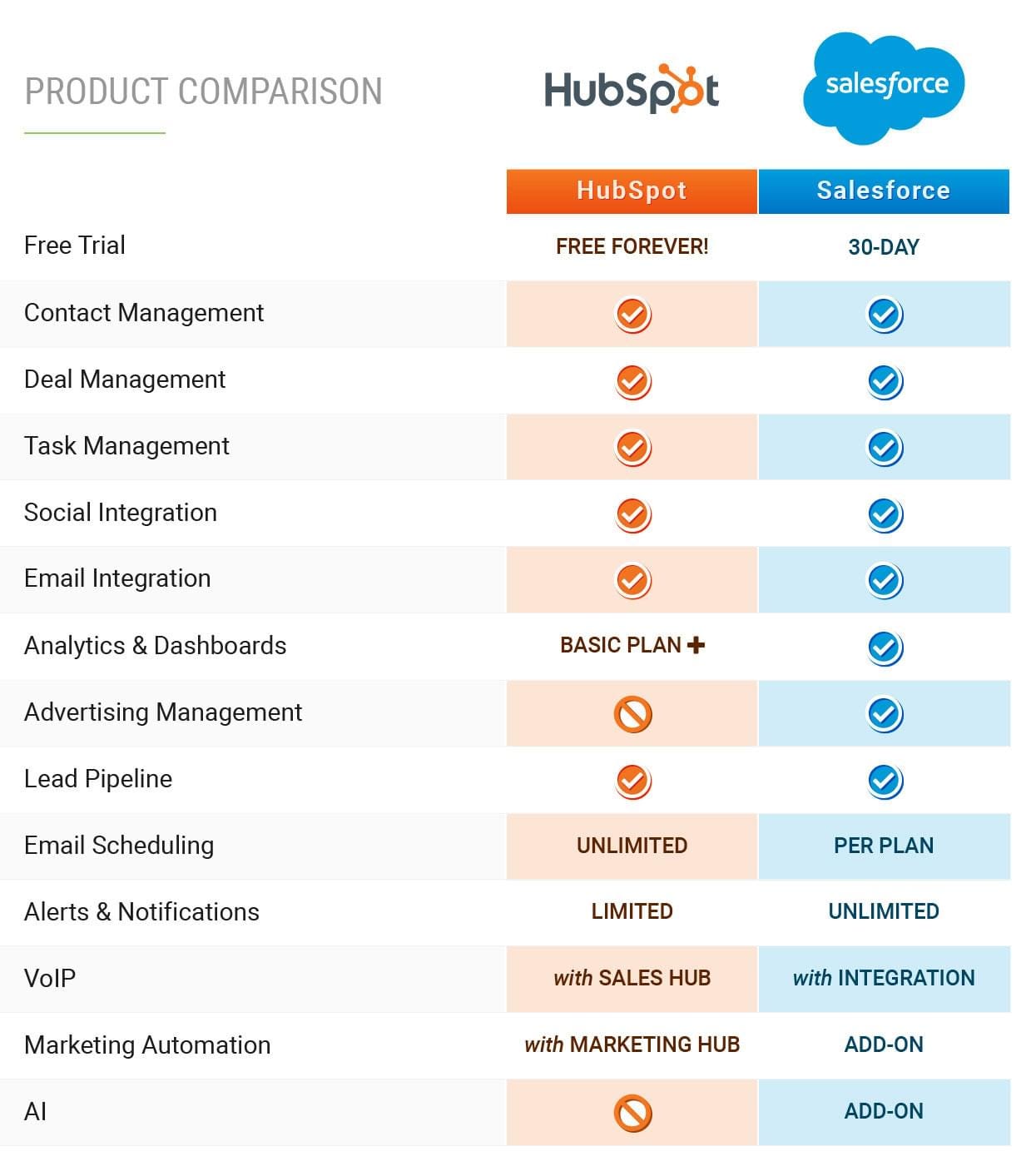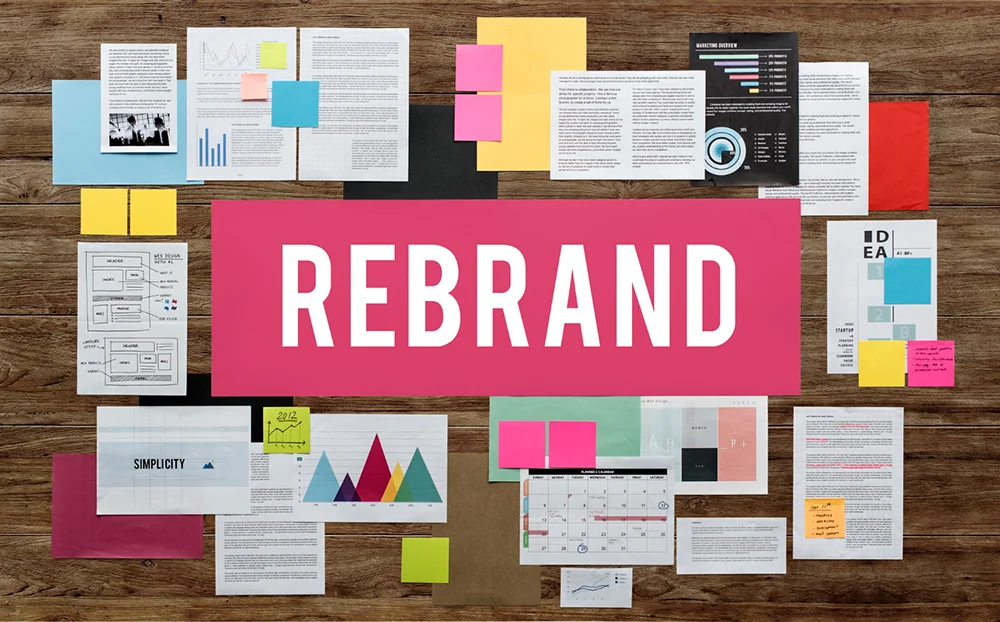With a multitude of platforms available for advertising, in this day and age creating a unified brand experience can be daunting. A multichannel advertising approach is pivotal to ensure your brand’s voice resonates clearly and consistently, irrespective of the platform.
Setting the Groundwork for Multichannel Advertising
Starting with a unified strategy is paramount. Before delving into the multifaceted world of multichannel advertising, it’s essential to have:
- A clear understanding of your brand’s goals
- Identification of your target audience
- Articulation of key messages
This strategy acts as a roadmap, guiding your brand’s voice and ensuring every channel contributes to the overarching narrative.
Leveraging Platform Strengths
It’s crucial to recognize that not all platforms serve the same purpose. For instance, Instagram shines with visually-rich content while LinkedIn is a haven for B2B networking. Let’s delve into an example:
Suppose you are promoting a new designer clothing line. A platform like Instagram, known for its visual appeal, would be perfect for showcasing the intricate designs. On the other hand, LinkedIn might serve better for B2B aspects, like reaching out to potential retail partners.

The Need for Consistency and Personalization
With multiple channels at play, consistency becomes the linchpin for success. Whether it’s logos, color schemes, fonts, or core messages, there should be a recognizable thread that ties your brand together. However, this doesn’t mean that each advertisement should be a carbon copy of the next. Personalization is the key to engagement.
By making data-driven insights, brands can tailor their content to resonate better with individual users, but always within the bounds of the broader brand narrative.
Operational Excellence in Multichannel Campaigns
To streamline multichannel campaigns:
- Use centralized campaign management tools like HubSpot or Salesforce.
- Ensure all campaigns are mobile-optimized.
- Coordinate the timing of campaigns for a synchronized brand message.

These tools and practices not only ensure efficient campaign management but also provide invaluable insights into channel performance.
The Challenges of Multichannel Advertising
A challenge often faced in multichannel advertising is the transition between channels. Imagine a user clicking on a Facebook ad only to land on a webpage that feels like an entirely different brand. Such transitions can be disruptive to the user’s journey. Instead, ensure that every touchpoint, from ad to landing page, offers a seamless experience.
Moreover, engagement shouldn’t be one-sided. Brands need to listen and interact. This means monitoring user feedback across channels and providing timely, consistent responses.
Future-proofing Your Multichannel Strategy
The realm of digital advertising is dynamic. As such, regular training and skill development are essential to ensure your team remains updated on best practices across platforms and, of course, always plans ahead
Brands need to ensure their voice remains consistent across the many popular different channels that are out there. By focusing on a unified strategy, leveraging platform strengths, and ensuring consistency and personalization, brands can create a cohesive and resonant multichannel experience.
Remember, it’s about weaving a continuous brand narrative, regardless of where your audience chooses to engage.





